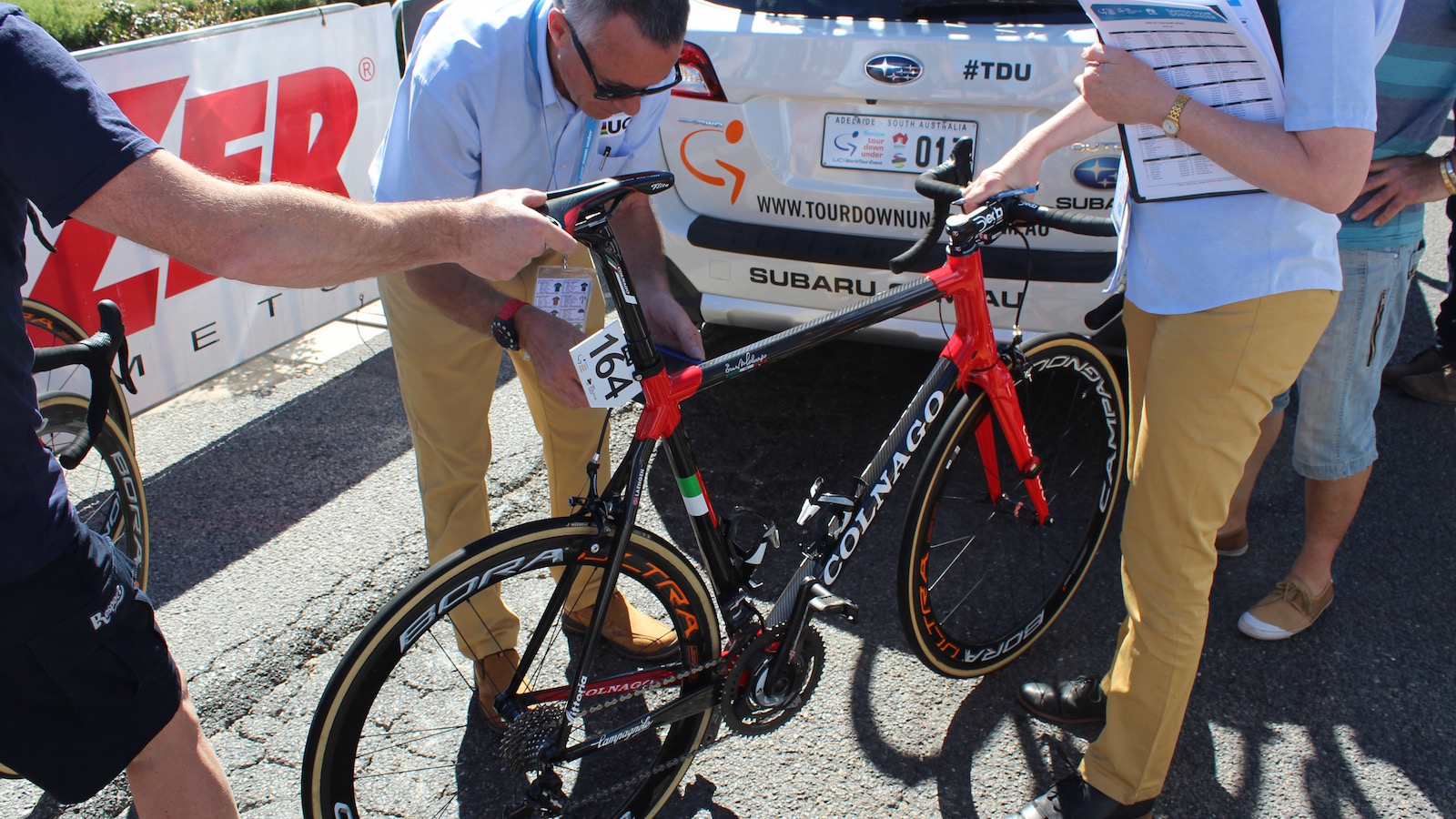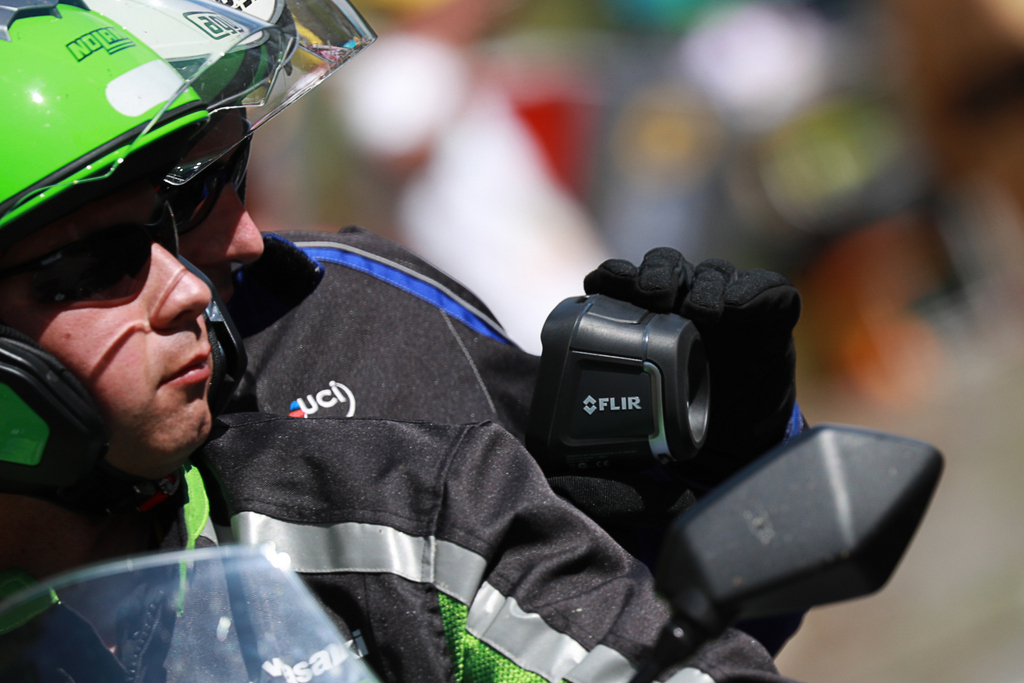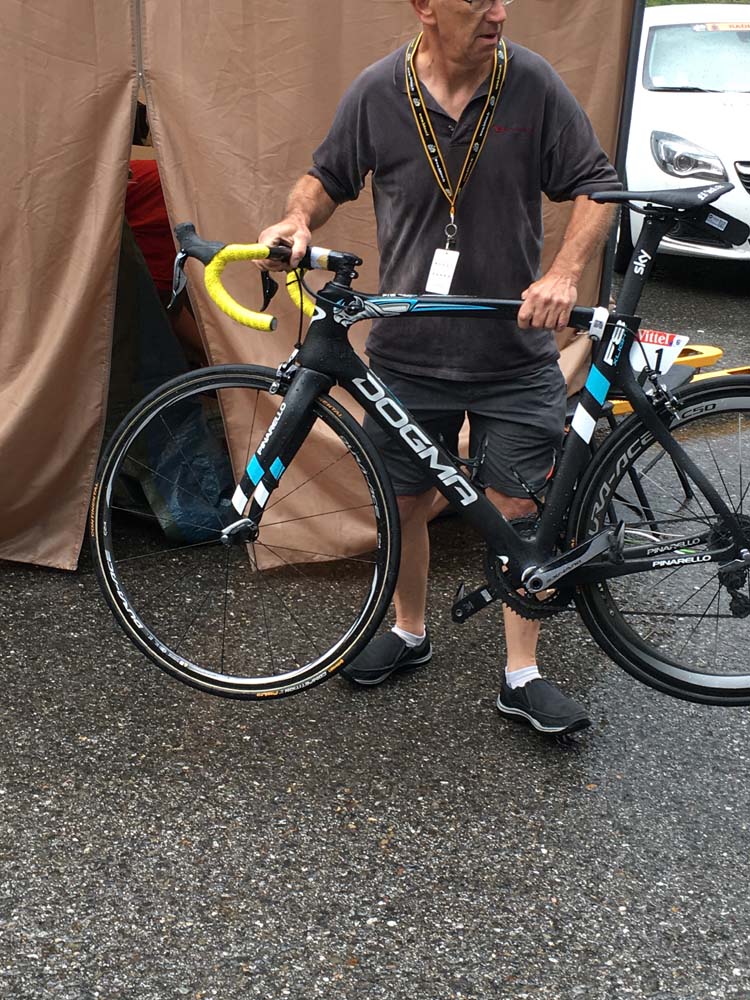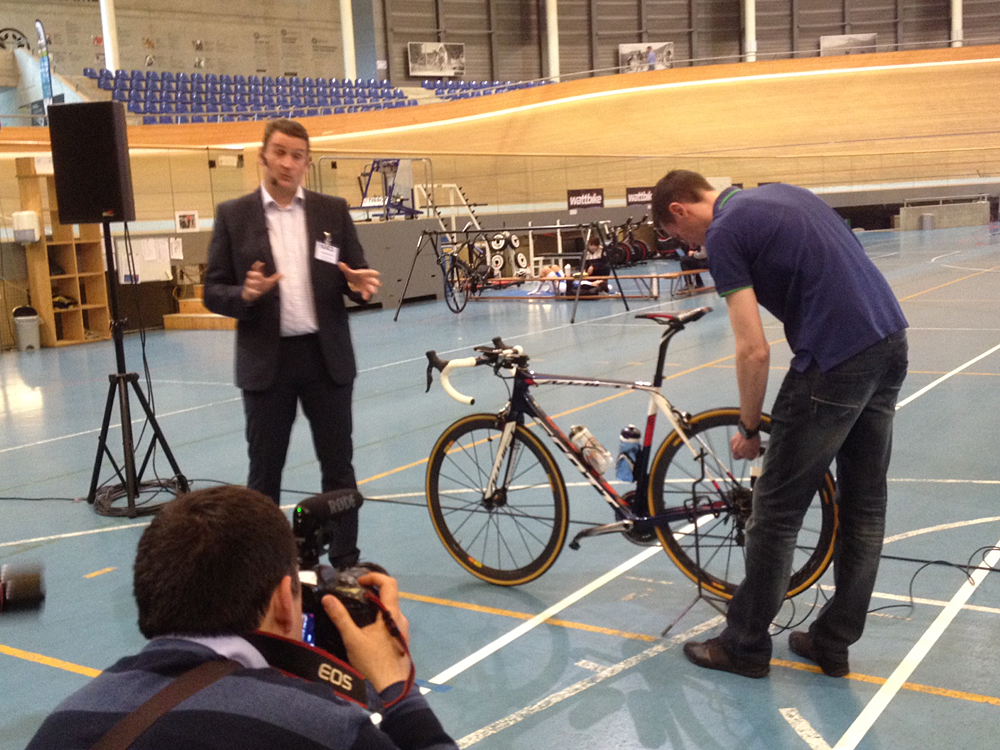Italian amateur denies using mechanical doping
"If it's true then the riders who finished with me had motors too"





The 53 year-old Italian rider reportedly caught with a hidden motor in his bike on Saturday has denied any wrongdoing, claiming he recently started to do well in local age-related races after resolving a back problem.
Alessandro Andreoli made a series of wild claims in an interview with La Gazzetta dello Sport, which broke the news of the case on Sunday. Andreoli claimed that his rivals may have tipped off race organisers because he had managed to beat them and because of his wealthy lifestyle. He refused to go to a specialist mechanic to have the bike dismantled after being caught, claiming he had to go to a wedding.
According to several reports in Italy, the hidden motor was detected after the race organiser used a thermal camera to scan suspicious bikes. The race was organised under the auspices of the Centro Sportivo Italiano, an amateur sports body affiliated to the Italian Olympic Committee. Emiliano Scalfi, the vice-president of the CSI in the province of Brescia, intimated that the body had acted on a tip-off and decided to deploy an expensive heat gun provided by a local businessman and cycling fan.
"We had some precise information and we proceeded accordingly," Scalfi La Gazzetta dello Sport. "When we looked, we saw that in the seat tube of one rider it looked as though there was a fire."
Andreoli finished third in the race and was asked to bring his bike to the commissaires for further inspection. They offered to take the biker to a specialist for it to be dismantled but Andreoli refused and reportedly admitted to using mechanical doping.
He backtracked on reports of a confession when speaking to Monday's La Gazzetta dello Sport. Another report on Corriere.it, claimed Andreoli said he would suspend himself from racing until formal investigation and eventual trial is held.
"They wanted to control my bike, the judges kept it for an hour and a half while I was getting changed, I had things to do. Who knows what they did. They claim there was a hidden motor but they didn't find anything, the wheels didn't turn," the Italian sports newspaper reports Andreoli as saying.
Get The Leadout Newsletter
The latest race content, interviews, features, reviews and expert buying guides, direct to your inbox!
"They say I had a hidden motor. If it's true then the riders who finished with me had motors too. I've seen a lot of people finish ahead of me without them suffering.
"I had to go to a wedding and it was getting late. I didn't admit anything. They looked for the buttons but didn't find anything, the only buttons I have are to change gears."
La Gazzetta dello Sport published a photo of the alleged bike, suggesting a motor was hidden in the down tube, with a bulge under the right-hand brake lever covering the button which activated the motor. The bike has race number 891. Andreoli confirmed that was his number for Saturday's event.
Andreoli claimed he had bought the bike from someone in Tuscany while on holiday. He has reportedly won several races this season after rarely being in the results. He suggested that his rivals who tipped off the race organisers were simply envious.
"I don't remember his name or his phone number. We met out on the road, I liked the bike, he asked a great price and so I bought it," Andreoli said.
"I had a back problem and couldn't move. I've solved the problem and I've been training well. It seems I've annoyed someone. They're envious of my excellent lifestyle. I've been a tiler for a long time and earn a lot."
The incident is the second confirmed instance of mechanical doping – or technological fraud, as the UCI rulebook calls it – in a race after Femke Van Den Driessche was discovered to have had a bike containing a motor at the 2016 Cyclo-cross World Championships. Van Den Driessche was later banned for six years and fined 20,000 Swiss Francs by the UCI.
Reports over the past three years have suggested that the mechanical doping technology has grown ever more sophisticated, with a difficult to detect magnetic systems now capable of being hidden in rear wheels. A Stade 2 report last year suggested that the technology had been used in the professional peloton, though as yet no top-level rider has been found guilty of technological fraud.
The UCI's current bike testing regimen includes the scanning of frames and wheels with an iPad app, but no cases of mechanical doping have been detected. On the past two Tours de France, a motorbike with a thermal imaging camera has been occasionally deployed, but no instances of mechanical doping were reported.